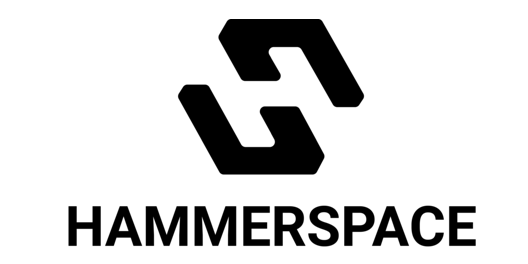Today the University of Zurich announced its financial support of a new supercomputer upgrade at CSCS in Lugano, Switzerland. In keeping with their tradition of naming new systems after Swiss mountains, the new system will be called Piz Dora.
In order to offer even more computing resources for users, at the beginning of 2014 CSCS decided to expand its existing facilities with the purchase of a Cray supercomputer (multi-core Cray XC40). “This is an addition to our existing Cray XC platform, which we have called Piz Dora,” says CSCS media spokesperson Angela Detjen. Piz Dora has a maximum capability of 1.258 petaflops – a petaflop is the equivalent of 1,000,000,000,000,000 (a quadrillion) calculations per second.
Research groups at the University of Zurich have represented one of the largest user groups of the CSCS computer systems for several years. However, they had to apply for access to the systems, and computing time was assigned by competition and only to the best projects. “The most successful applicants and therefore regular users of CSCS include research groups from the departments of Physics, Astrophysics, Chemistry, Biochemistry and Mathematics at the University of Zurich. There is also one research group from the department of Anthropology – their project consists of simulating the migration models of Neanderthals,” says Daniel Wyler.
The CSCS supercomputer will replace the University of Zurich’s Schrödinger supercomputer, in order to meet researchers’ demand for high-performance computing. Replacing the local Schrödinger system with a system at CSCS will lower the threshold for submitting new algorithms for the competitive supercomputers at CSCS, and less data will need to be sent between Zurich and Lugano.
This further strengthens the cooperation between ETH Zurich and the University of Zurich,” says Roman Boutellier, Vice-President for Human Resources and Infrastructure at ETH Zurich. “Thanks to their involvement, we can spread our fixed costs across a larger volume of calculations, while the University of Zurich will not have to invest so much in expensive infrastructure itself. It is possible that we could also enter into partnerships with other universities and universities of applied science.
At CSCS, they have been working since early November to prepare the necessary working environment and they have already authorised the system for trial use. “From January 2015, the system will be made available to a wider group of users,” says CSCS spokesperson Angela Detjen. The system is scheduled to go into full normal production from 1 April.
In related news, this week the HPC Advisory Council announced that CSCS will co-host the 6th HPC Advisory Council Switzerland Conference in March 23-25, 2015, in Lugano.
Sign up for our insideHPC Newsletter.





I think (I hope) there’s a missing decimal point in the ‘1258 petaflops’ comment above.
Thanks, Michael. I’ll let the originators of that quote know over at ETH: http://www.cscs.ch/publications/highlights/2014/university_of_zurich_takes_a_stake_in_cscs_supercomputer/index.html